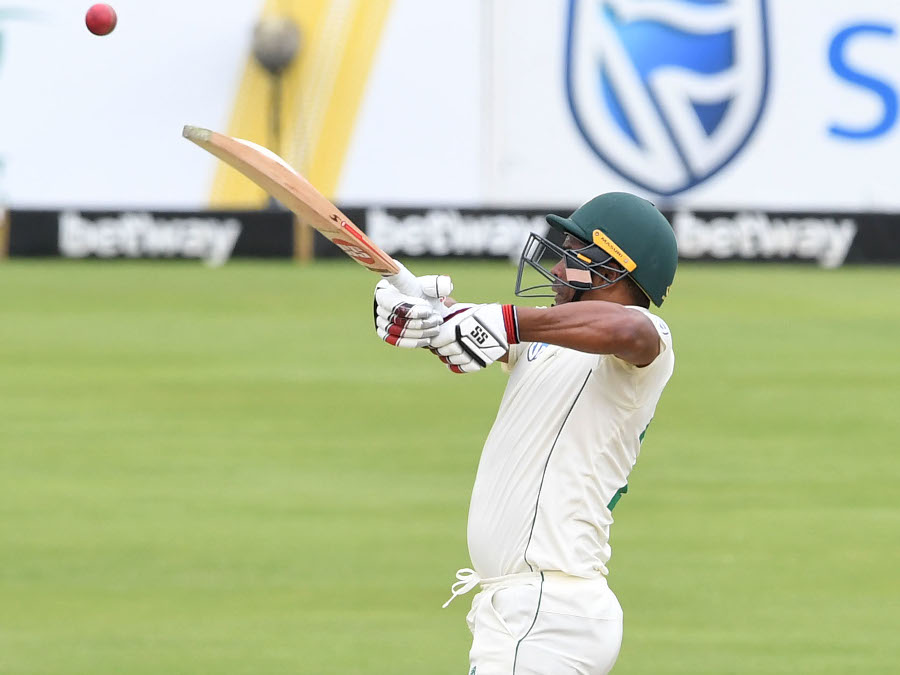There’s nothing cricket loves more than order. This is a sport that wants to know exactly what time tea is served and won’t allow for an early start to proceedings no matter how late the sun sets in Durban, writes DANIEL GALLAN.
This obsession with order is amplified when a side is batting. England’s captain Joe Root has filled newspaper columns with quotes concerning his desire to bat at No 4 rather than at 3 (where his team desperately needed him at times). Conversely, Proteas skipper Faf du Plessis has said he would prefer walking in at five but is selflessly taking guard one position higher to add experience to the top order.
Conventional wisdom tells us that the best batters fill the primary positions up the order. Those who need assistance working out how to hold a bat occupy the latter slots.
But looking at South Africa’s runs tally over the first Test against England at SuperSport Park in Centurion, a layman might assume that coach Mark Boucher had flipped the script.
The home side’s top order – batters one to four – contributed a total of 136 runs across two innings. Dean Elgar (0, 22), Aiden Markram (20, 2), Zubyar Hamza (39, 4) and Du Plessis (29, 20) never looked like laying down a sizeable platform. Between them, the highest partnership was the 39 Hamza and Du Plessis mustered in the first dig.
A different narrative emerges further down the lineup. Anrich Nortje served as nightwatchman in South Africa’s second innings, so his score of 40 technically (actually) came from No 6, but since he would ordinarily bat at No 11 in this team, we’ll include him in the Proteas’ bottom four.
That quartet from eight to 11 – Vernon Philander (35, 46), Keshav Maharaj (6, 11), Kagiso Rabada (12, 16*) and Nortje (0*, 40) – added 166 runs across two innings.
Of course, the numbers do not suggest that the lower order possesses more skill than the specialist batters, but they do highlight a potential advantage for the Proteas.
New magazine issue: Why De Kock must bat at four
The 92-run stand between Rory Burns (77*) and Dom Sibley (29) aside, neither team managed to get off to a good start. In the first three innings of this match the third wicket fell for 71, 70 and 29.
Both bowling units, particularly with the new ball, have proved effective. The positive performance from England’s openers in the second innings should not be seen as a sign of things to come.
This means that runs across the board will be crucial and South Africa’s lower order could be decisive.
Nortje credited the new faces in the camp for the lower order stepping up. His personal contribution supports batting consultant Jacques Kallis’ pre-series promise of improved performances from every member of the team.
It is with the ball that Rabada, Philander, Nortje and Maharaj will have to perform when they take the field tomorrow. Along with all-rounder Dwaine Pretorius, they have nine English wickets to snare to win this first Test.
Burns has looked solid, though he was dropped twice – on 20 by Van der Dussen and 73 by Du Plessis – though the second chance was much tougher than the first. He will resume alongside Joe Denly, who is on 10.
England are still a long way behind in this encounter and require a further 255 for victory. This is a team that routinely oscillates between the sublime and the ridiculous, so a remarkable triumph or a calamitous collapse are both distinct possibilities.
Photo: Gallo Images







